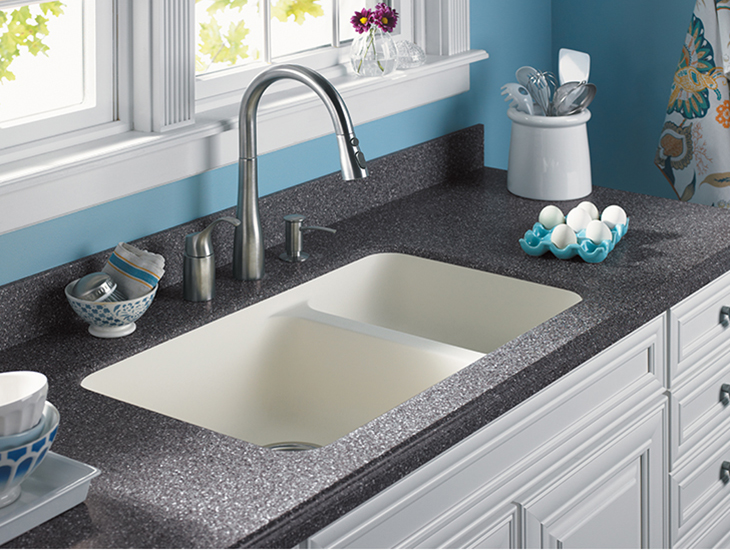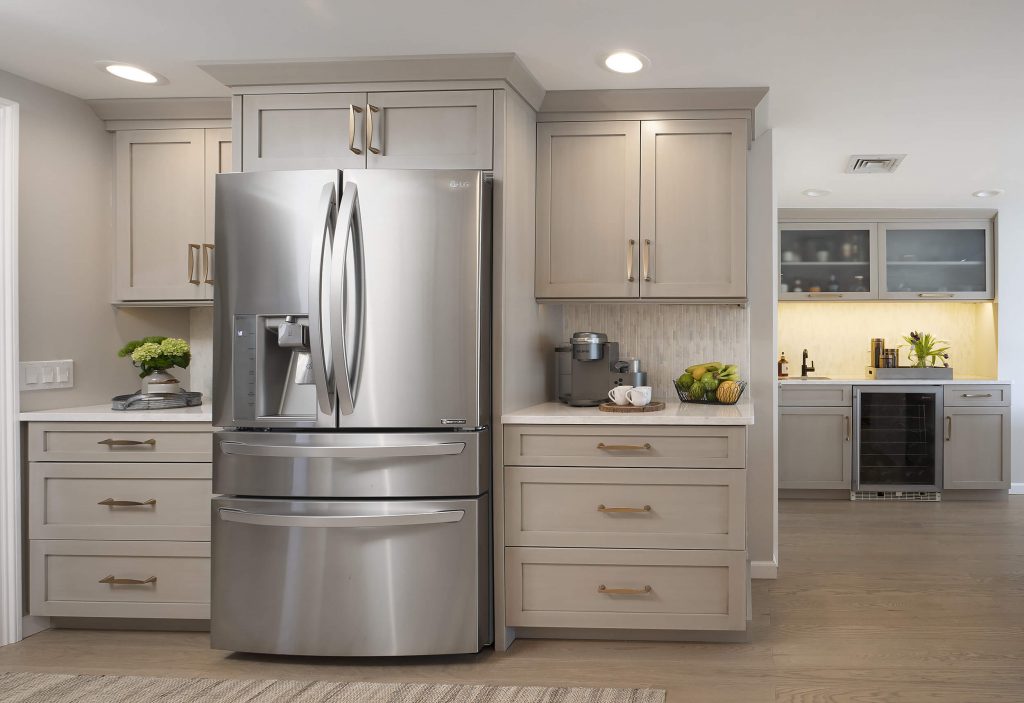How to Professionally Clean a Kitchen. In the kitchen, wiping surfaces, keeping tabs on the fridge and washing dishes every day will prevent big time-consuming messes down the line.
To learn the basic rules of cleanings and short cuts that will help you clean thoroughly and efficiently
Keep Dishes Clean
If you’re a person who tends to let dishes pile up in the sink to avoid washing them, try this simple trick to put the effort involved into perspective: For a few days, as you think of it, set a timer before you begin washing the dishes, and make note of how long it took to clean up. If you know the task will take just minutes to complete, it will be less difficult to convince yourself to take care of those dishes now.
Something tough will be required to scour away baked-on splatters and greasy film
How to Clean a Burned Pot: To clean a badly scorched pot without scrubbing, cover the burned area with a liberal amount of baking soda and pour in enough boiling water to fill the pot a third to halfway up. When the water is cool enough to touch, head in with your sponge and use the baking soda solution to scrub away the scorch. Dump the solution and
wash the pot with hot, soapy water.
Follow by washing the sponge caddy with hot, soapy water or run it through the dishwasher.
The Dishwasher Debate: While there isn’t an absolutely correct way to load a dishwasher (and what would couples bicker over if such a directive were carved in stone?), there is one universal rule: It is much easier to load from back to front.
Clean Your Sink

The sink, especially the faucet, can be wiped free of bacteria and food particles with an all-purpose cleaner. And we all should probably clean the faucet more often, considering it’s something we touch with raw-chicken-covered hands.
We all should probably clean the faucet more often, considering it’s something we touch with raw-chicken-covered hands.
Sponges should be cleaned frequently, too, either by running them through the dishwasher or microwave. If you use a microwave, first make sure the sponge does not contain any metal, then get the sponge very wet and nuke it for two minutes; be careful when you remove it, as it will be quite hot.
In the kitchen, wiping surfaces, keeping tabs on the fridge and washing dishes every day will prevent big time-consuming messes down the line.
Has your sponge holder developed mold or bacterial buildup? Use a toothbrush dipped in bleach or white vinegar — but never both, as the combination creates a dangerous chemical reaction — to scrub away mold. Follow by washing the sponge caddy with hot, soapy water or run it through the dishwasher.
Keep Surfaces Clean
Wipe your counter and stovetops with an all-purpose cleaner after use. Stovetops in particular benefit from this type of regular, quick cleaning, as splatters, drips and grease become baked on when left too long.

How to clean a stovetop: Something tough will be required to scour away baked-on splatters and greasy film. A Dobie Pad, which is a non-scratch scrubbing sponge, combined with a gentle powder cleanser will make short work of stubborn messes. When cleaning stainless steel, scrub with the grain, rather than in a circular motion, to avoid scratching, and use a gentle touch, allowing the product, rather than force, to do the bulk of the cleaning work.
How to clean small appliances: The exterior of small appliances like toasters, coffeemakers and blenders that sit out on countertops should be wiped frequently using all-purpose cleaners to prevent the buildup of splatters and greasy film from cooking. For deeper cleaning, take off all removable parts and wash them by hand or in the dishwasher. Give the exterior a once-over with all-purpose cleaner using tools like cotton swabs or an old toothbrush to get into tight corners and other hard-to-reach spots.
Tackle the Refrigerator
An easy way to keep tabs on a refrigerator is to add one simple task to your trash day routine:
When bagging up the garbage, open the fridge and eye its contents. Are there leftovers that have gone bad? Toss them. Has any produce liquefied in the crisper drawer? Dump it. Are the last few eggs in the carton about to go off? Make a note to have omelets for dinner, and congratulate yourself for being mindful of not wasting food.

An easy way to keep tabs on a refrigerator is to add one simple task to your trash day routine
How to Clean Spills in the Refrigerator: When sticky spills happen in the fridge or pantry, make short work of cleaning them by making a compress of sorts. Soak a sponge or rag in very hot water (mind your hands) and wring it so that it’s not dripping. Then, press it onto the sticky spot until the compress begins to lose its heat. If the sticky spill has loosened sufficiently, wipe it away; if it’s still clinging stubbornly, repeat as needed until the substance loosens up, and then wipe clean.
Take Out the Trash in a Timely Fashion
Here is a hard truth: Time will not make your trash situation better. Take care of it now.